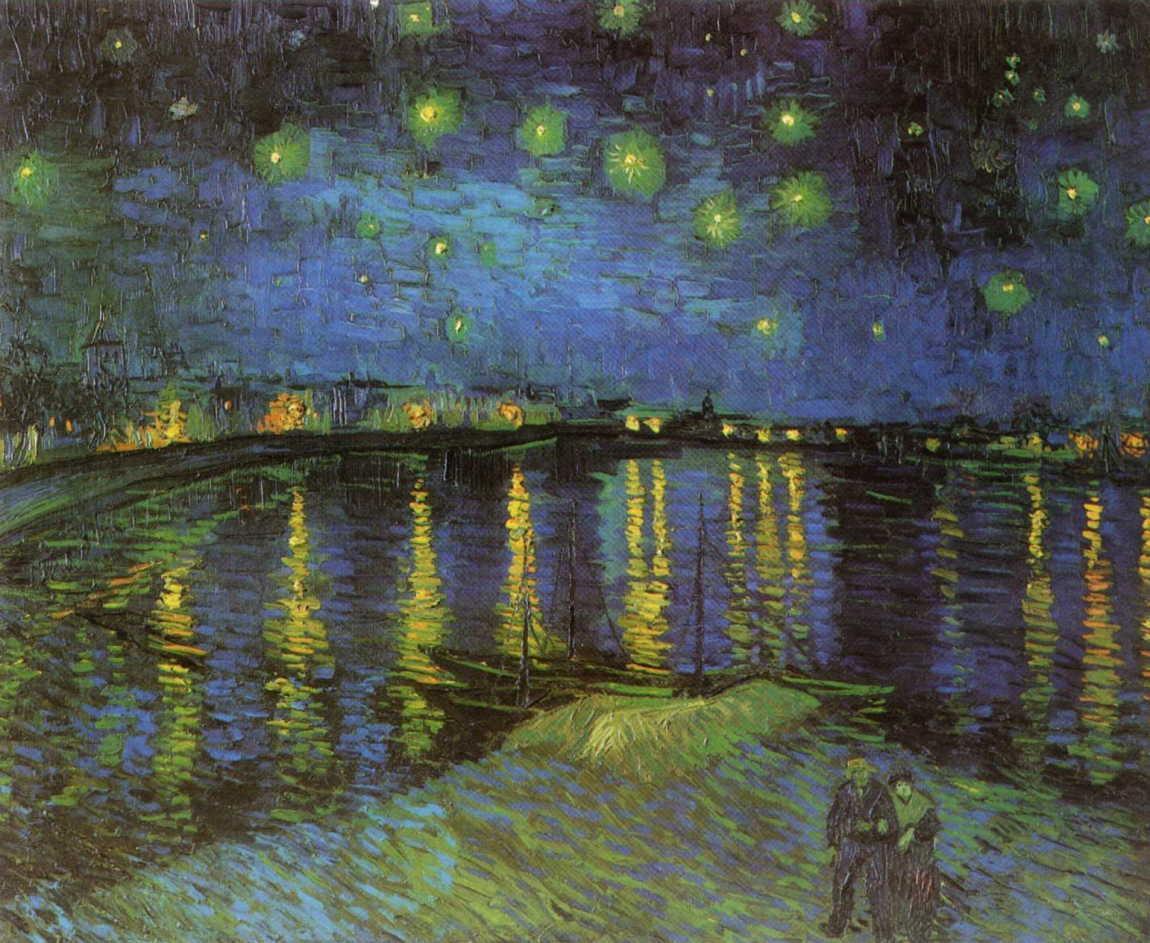Europa
Early Universe: Research On Plasma Astrochemistry
ISSI International Team

Europa
Early Universe: Research On Plasma Astrochemistry
ISSI International Team

Abstract
The evolution of the early Universe between the end of the recombination era and the formation of
the first structures was largely determined by a series of chemical processes that modified the initial
composition of the primordial gas and affected its dynamical evolution. Within the precise cosmological
framework provided by the Λ-Cold Dark Matter model and standard Big Bang nucleosynthesis, the chemical
evolution of the pregalactic gas can now be followed with accuracy limited only by the uncertainties
of the relevant reaction rates and on the internal degrees of freedom of atoms, molecules, and molecular ions.
Recent studies have pointed out that non-equilibrium level populations naturally arise as a result of a state-resolved chemical kinetics, resulting in spectral distortions in the distribution of cosmic background photons. These effects have significantly altered the standard picture of the chemical history of the early universe
(Coppola et al. 2011, Coppola et al. 2013).With this proposal we want to extend these initial studies into the formation of the first structures, including extremely metal-poor stars
(EMPs). The recent discovery of a low-mass star of almost pristine chemical composition (Caffau et al. 2011) has opened a
new pathway to investigate observationally the properties of the first stellar generations.
Of similar impact is the identification of gas clouds without any trace of heavy elements or with
metallicities consistent with enrichment by primordial stars.
It is clear that the observational effort to peer into these remote epoch of the evolution of the
Universe is becoming possible thanks to the availability of dedicated instruments,
such as UVES and X-shooter at the VLT (or similar spectrographs on Keck) and (sub)mm interferometers such as ALMA.
Our goal consists in bringing together an international team of experts from different scientific communities
(theoretical chemists and physicists, theoretical astrophysicists, observational astrophysicists) in order
to make use of these opportunities and to build up a consistent approach for the modeling
and comparison with observational data.